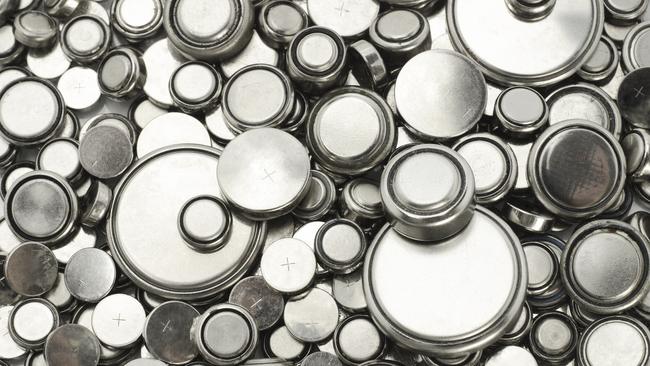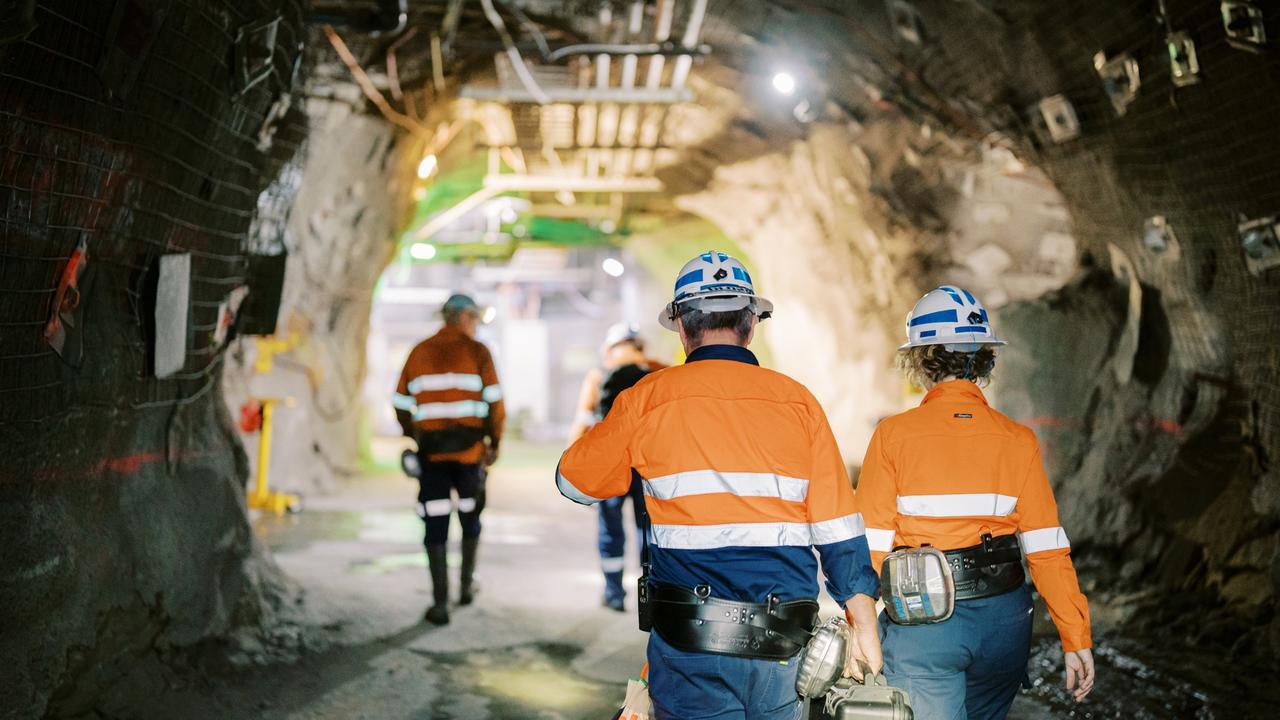Rethinking the lithium landfill dead end with green recycling

Each week, we hear stories about another lithium-ion battery fire in landfill. There are hundreds of fire incidents each month in garbage trucks across the country and – as use of these batteries in our devices, homes and cars continues to grow – so does the risk of fires.
Every average Australian home has dozens of lithium-ion battery-powered devices, from the largest in electric vehicles, household appliances and tools to the smallest in disposable vapes and single-use toys and appliances.
The biggest responsibility with lithium-ion batteries is to safely dispose of them when they expire, and ensure others do the same as they can endanger people’s health and safety as well as the environment if transported in normal waste collection to landfill.
Victoria, South Australia, Western Australia and the Australian Capital Territory have banned end-of-life batteries from being sent to landfill.
The other states and territories must follow suit. And urgently.
If it is legislated to dispose of and handle lithium-ion batteries properly, they are an extremely valuable and recyclable waste stream.
Our federal government needs to back our industry and ban the export of used batteries to secure a feedstock for recyclers here in Australia to capture and re-use the lithium and many other precious metals to make new batteries.
In 2019, a national ban on landfilling e-waste came into effect, followed by the introduction of a national collection system in 2022. Before the ban, only a small percentage of end-of-life batteries were collected and shipped overseas for processing.
Australia already has recycling capability on our shores, and with lithium-ion battery waste growing by 20 per cent each year and potentially exceeding 136,000 tonnes by 2036, it must be a priority for Australia to work towards a circular battery industry.
Potentially 95 per cent of battery components can be recovered for alternative use, and with only 12 per cent of Australia’s lithium-ion battery waste recycled in FY23, there are significant benefits we are missing out on.
Lithium Australia’s subsidiary, Envirostream, is a battery recycler based in Melbourne that has developed several practices to mitigate and quickly respond to fire from drop-off or collection, during transport, and warehouse storage ahead of being recycled.
Similar to the safety risks associated with battery fires in landfills and garbage trucks, exporting used batteries offshore also increases the risk of ship fires and poor handling processes and sub-standard environmental protections overseas.
It is unacceptable that some major companies send end-of-life batteries offshore with little oversight of how they will be disposed. Major household appliance producer Dyson intends to export its e-waste to India after recycling in Australia for the past three years.
This has also opened the floodgates for other companies that have made enquiries with Lithium Australia about exporting end-of-life batteries to Singapore and China.
When companies indicate their willingness to ignore their obligation to dispose of end-of-life batteries safely and sustainably, the federal government must step in.
A circular battery industry will only be achieved if all states and territories ban lithium-ion batteries going to landfill and large-scale domestic processing facilities for lithium-ion batteries are prioritised.
Demand for batteries for storing solar power in our homes and for mobility applications such as electric vehicles and e-bikes will account for the vast bulk of demand in 2030, and we must prepare for the recycling needs of our future accordingly.
Lithium Australia already provides battery recycling services of electric and plug-in hybrid vehicle end-of-life batteries in Australia.
Energy storage batteries, in homes and large-scale “battery farms” attached to the grid that store solar and wind energy, should also be recycled onshore once degraded.
Revenues along the entire value chain are expected to reach $400bn in 2030 and, although the recycling segment is expected to still be comparatively small, it is projected to grow more than three-fold in the following decade, as more of the batteries we’re using today reach their end of life.
The global market for lithium batteries reached nearly 250 GWh in 2020 and is predicted to increase 10 times more by 2030.
Despite this growth, the recycling rate is expected to drop from 22.3 per cent in 2022 to 20 per cent by 2030 as recycling efforts fail to keep up with the growth of e-waste generation worldwide.
As more electronic devices are created with shorter product life cycles, limited repair options and inadequate e-waste management infrastructure, this widening gap will only continue unless we do something about it.
If we don’t, and Australia is unable to process Lithium-ion batteries as they expire, large volumes may end up stored in warehouses and scrap yards, creating a serious fire risk and potential for environmental contamination.
To close the gap in the accumulation of e-waste, countries need to bring their e-waste collection and recycling rates to 60 per cent by 2030. Benefits from this, such as reducing risk to people’s health, are estimated to exceed costs by more than $US38bn.
With such compelling reasons to build our recycling capacity for e-waste, Australia cannot afford to allow our e-waste to be sent offshore any longer and all governments must commit to this goal.
Simon Linge is CEO of Lithium Australia.


